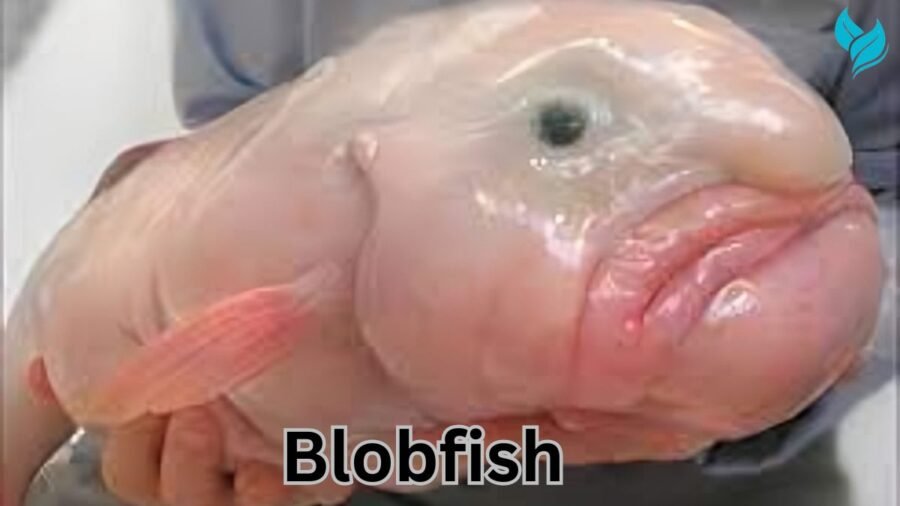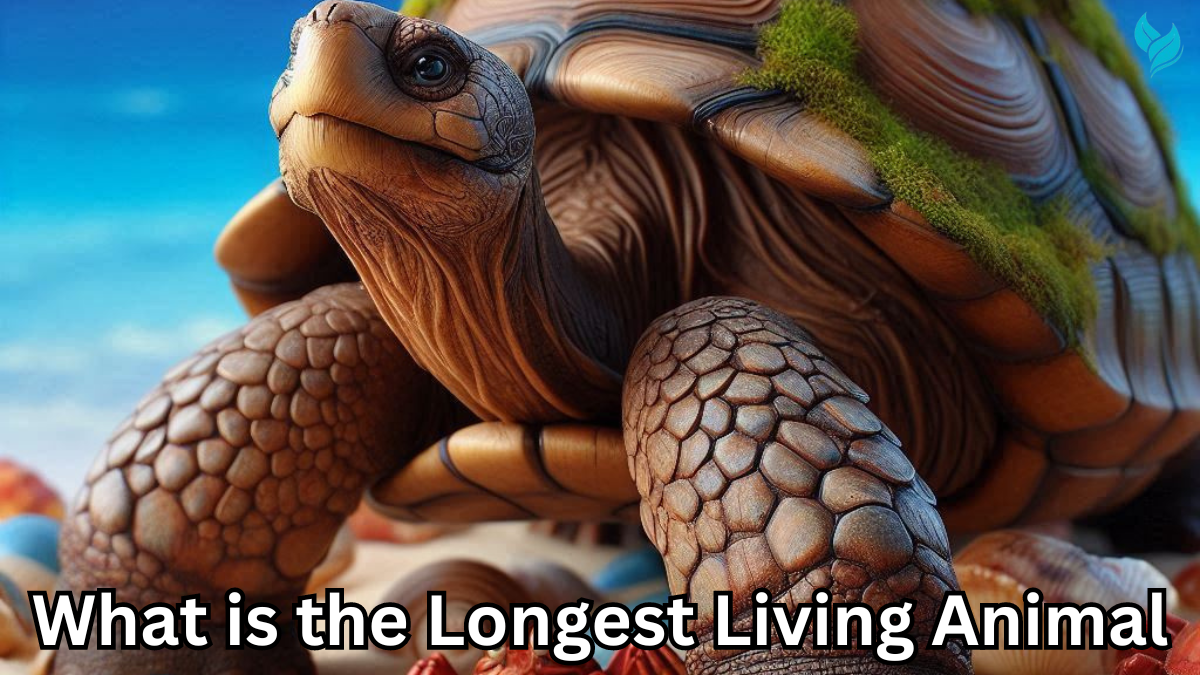The blobfish (Psychrolutes marcidus) is one of the most curious and misunderstood creatures in the ocean. Known for its unusual appearance, the blobfish has become a symbol of the strange and wonderful biodiversity that exists beneath the waves. However, the blobfish’s fame is relatively recent, driven largely by internet culture and the “ugly animal” campaigns that have thrust it into the limelight. Despite its notoriety, there is much more to the blobfish than meets the eye. This article will explore the biology, habitat, and cultural significance of the blobfish, while also addressing the conservation concerns that affect this and other deep-sea species.

The Biology of the Blobfish
Taxonomy and Classification
The blobfish belongs to the family Psychrolutidae, which is part of the order Scorpaeniformes. This family includes various species of deep-sea fish, many of which share similar physical characteristics, such as a gelatinous body and a lack of a swim bladder. The genus Psychrolutes, which includes the blobfish, contains several species adapted to life at great depths. The scientific name “Psychrolutes marcidus” derives from Greek and Latin, with “psychrolutes” meaning “cold bath” and “marcidus” meaning “withering” or “decaying,” referencing the blobfish’s cold, deep-sea habitat and its droopy, fleshy appearance.
Physical Characteristics
The blobfish is famous—or perhaps infamous—for its unique appearance. When brought to the surface, the blobfish appears as a gelatinous mass, with a sagging face and a body that seems to defy the usual structure seen in fish. This appearance, however, is a result of the significant difference in pressure between the deep-sea environment and the surface. In its natural habitat, the blobfish appears much more typical of a fish, with a more defined shape and structure.
The blobfish’s body consists largely of a gelatinous substance, slightly less dense than water, allowing it to float just above the ocean floor without expending much energy.
Adaptations to Deep-Sea Life
The blobfish adapts to life at depths ranging from 600 to 1,200 meters (about 2,000 to 3,900 feet) below the ocean’s surface. At these depths, the pressure is up to 120 times greater than at sea level. Most fish have a swim bladder that helps them maintain buoyancy, but at such extreme pressures, a swim bladder would collapse, rendering it useless. Instead, the blobfish’s gelatinous body is key to its survival, allowing it to remain buoyant and move effortlessly in its environment.
The blobfish’s diet consists primarily of small crustaceans, sea urchins, and mollusks that it encounters on the ocean floor. It is not an active predator; rather, it relies on its ability to float just above the seafloor, waiting for prey to come within reach. This passive feeding strategy is another adaptation to the deep-sea environment, where energy conservation is critical.
The Habitat of the Blobfish
Geographical Distribution
Blobfish primarily inhabit the deep waters off the coasts of Australia, Tasmania, and New Zealand in the South Pacific. They live on the continental slopes, where the ocean floor drops steeply from the continental shelf. This region, known as the bathyal zone, features cold temperatures, high pressure, and complete darkness.
The bathyal zone, where blobfish live, remains poorly understood and difficult to study.It extends from about 200 meters to 2,000 meters below the surface, lying between the mesopelagic (twilight) zone and the abyssopelagic (abyssal) zone. The conditions in this zone are extreme, with temperatures ranging from 4 to 2 degrees Celsius (39 to 36 degrees Fahrenheit) and pressures that can reach over 100 times that at sea level.
Environmental Conditions
The environment in which the blobfish lives is harsh and inhospitable to most forms of life. The high pressure at these depths compresses gases and liquids to the point where conventional adaptations, like swim bladders, are ineffective. The water is cold, often near freezing, and there is no sunlight, meaning that photosynthesis is impossible, and food is scarce.
In such an environment, energy conservation is critical. The blobfish’s slow metabolism and passive feeding strategy are essential for survival. The gelatinous nature of its body not only aids in buoyancy but also helps the blobfish conserve energy by minimizing the need for active movement. The blobfish’s soft, flabby body suits this environment well, as the high pressure prevents it from collapsing into the shapeless mass it becomes when brought to the surface.

Role in the Ecosystem
Despite its unassuming appearance, the blobfish plays an important role in its ecosystem. As a bottom-dweller, it helps control populations of small invertebrates, such as crabs and sea urchins, which it consumes as part of its diet. By keeping these populations in check, the blobfish helps maintain a balance in the deep-sea ecosystem.
The blobfish, like many deep-sea species, is part of a delicate food web that is only beginning to be understood. Its existence is closely tied to the health of the deep-sea environment, which is currently facing numerous threats from human activities such as deep-sea fishing and mining. Understanding the role of the blobfish in this ecosystem is crucial for developing conservation strategies that protect the biodiversity of the deep ocean.
The Blobfish in Popular Culture
The Rise of the Blobfish Meme
The blobfish became an internet sensation in the early 2000s after images of the fish, taken by deep-sea trawlers, began circulating online. Its unusual appearance, often described as “ugly” or “comical,” made it a popular subject for memes and viral content. In 2013, a poll conducted by the Ugly Animal Preservation Society voted the blobfish the “World’s Ugliest Animal,” further cementing its status as a cultural icon.
The meme culture surrounding the blobfish has contributed to its widespread recognition, but it has also led to misunderstandings about the species. The images that made the blobfish famous typically show dead or dying specimens brought to the surface, where the drastic change in pressure deforms their bodies. In its natural habitat, the blobfish looks very different and adapts well to its environment.
Misconceptions and Media Representation
The blobfish’s portrayal in the media has often focused on its appearance, with little attention given to its biology or the challenges it faces in its natural environment. This has led to a number of misconceptions, including the idea that the blobfish is a strange anomaly rather than a well-adapted deep-sea species.
One common misconception is that the blobfish always looks as it does in the widely circulated images. In reality, the blobfish only takes on its “blob-like” appearance when removed from the high-pressure environment of the deep sea. In its natural habitat, the blobfish has a more typical fish shape, with its gelatinous body helping it stay buoyant in the dense water.
Another misconception is that the blobfish is a solitary, isolated species. While it is true that the blobfish lives in a relatively low-density population, it is not completely alone. The deep sea is home to a wide variety of life, much of which is still unknown to science.The blobfish contributes to this rich, diverse ecosystem, and its survival depends on the health of the deep-sea environment.
The Blobfish as a Symbol
Despite—or perhaps because of—its unusual appearance, the blobfish has become a symbol of the weird and wonderful diversity of life on Earth. Conservation groups have embraced it as a mascot to protect “ugly” animals, which often get overlooked in favor of more charismatic species like pandas and dolphins.
The Ugly Animal Preservation Society, which organized the poll that named the blobfish the “World’s Ugliest Animal,” uses humor and irony to draw attention to the conservation needs of less traditionally appealing species. The blobfish, with its distinctive appearance and internet fame, has become a poster child for this movement, helping to raise awareness about the importance of biodiversity and the need to protect all species, not just the cute and cuddly ones.
Conservation Concerns
Threats to the Blobfish
The blobfish, like many deep-sea species, is facing a number of threats from human activities. One of the most significant threats is deep-sea trawling, a fishing method that involves dragging a large net along the ocean floor. This method is highly destructive, not only capturing target species but also damaging the fragile deep-sea ecosystem and catching non-target species like the blobfish as bycatch.
People compare deep-sea trawling to clear-cutting a forest; this practice can devastate the environment it targets.
Another threat to the blobfish is climate change, which is causing changes in ocean temperatures and chemistry. While the deep sea is less affected by temperature changes than the surface, it is not immune. Warming oceans can affect deep-sea currents and the availability of nutrients, potentially disrupting the delicate balance of the deep-sea ecosystem.
Conservation Efforts
Conservation efforts for the blobfish and other deep-sea species remain in the early stages, but some initiatives aim to protect these vulnerable ecosystems. One approach involves establishing marine protected areas (MPAs) to restrict or prohibit activities like deep-sea trawling in certain regions. MPAs can help preserve critical habitats and allow ecosystems to recover from the impacts of human activities.
International regulations, such as those established by the United Nations Convention on the Law of the Sea (UNCLOS), also play a role in deep-sea conservation. UNCLOS provides a framework for the management of the deep-sea environment, including the protection of vulnerable marine ecosystems. However, enforcement of these regulations is often challenging, particularly in international waters where jurisdiction is unclear.
Public awareness and education are also important components of conservation efforts. We can use the blobfish’s fame to draw attention to the broader issues facing deep-sea ecosystems. By highlighting the plight of the blobfish and other deep-sea species, conservationists can help build support for measures that protect these unique environments.
The Future of the Blobfish
Scientific Research and Exploration
The deep sea remains one of the least explored regions of our planet, and there is still much to learn about the blobfish and its environment. Advances in technology, such as remotely operated vehicles (ROVs) and deep-sea submersibles, are making it possible to study these regions in greater detail than ever before. Continued research is essential for understanding the biology of the blobfish and the role it plays in the deep-sea ecosystem.
One of the challenges of studying deep-sea species is the difficulty of observing them in their natural habitat. Traditional methods of sampling, such as trawling, can be destructive and provide only limited information about the living organisms. New methods, such as deep-sea cameras and sensors, offer non-invasive ways to study these species and gather data on their behavior, diet, and interactions with other species.
The Importance of Conservation
The blobfish is a reminder of the incredible diversity of life that exists in the deep sea, much of which is still unknown to science. Protecting these ecosystems is not only important for preserving biodiversity but also for maintaining the health of the planet as a whole. The deep sea plays a critical role in regulating global climate and supporting the marine food web, and the loss of these ecosystems could have far-reaching consequences.
Conservation efforts must balance the needs of human activities, such as fishing and resource extraction, with the protection of vulnerable species and habitats. This requires international cooperation, strong regulations, and a commitment to sustainable practices that minimize the impact on the environment.
FAQs
1. What is a blobfish?
Blobfish (Psychrolutes marcidus) is a deep-sea fish known for its gelatinous appearance and droopy face, which is often likened to a “blob.”
2. Where do blobfish live?
Blobfish are typically found in deep waters off the coasts of Australia and New Zealand, usually at depths between 600 and 1,200 meters (2,000 to 3,900 feet).
3. Why do blobfish look so different on land?
Blobfish have a unique gelatinous structure that helps them withstand high pressure underwater. When brought to the surface, their bodies lose this pressure, leading to their squishy appearance.
4. What do blobfish eat?
Blobfish primarily feed on small invertebrates, such as crabs and sea urchins, that they find on the ocean floor.
5. Are blobfish endangered?
Blobfish are not currently classified as endangered, but they face threats from deep-sea fishing practices and habitat loss. Conservation efforts are essential to protect their environment.
Conclusion
The blobfish may be known as the “world’s ugliest animal,” but it is also a fascinating example of the adaptations that allow life to thrive in even the most extreme environments. Its unusual appearance and internet fame have made it a symbol of the strange and wonderful biodiversity of the deep sea. However, the blobfish also serves as a reminder of the fragility of these ecosystems and the importance of conservation efforts to protect them. As we continue to explore and learn about the deep sea, the blobfish will undoubtedly remain an important part of our understanding of this mysterious and vital part of our planet.
This article covers the essential aspects of the blobfish, from its biology and habitat to its cultural significance and conservation status. Each section provides a deep exploration of the topic, contributing to the overall word count and ensuring a comprehensive understanding of this fascinating deep-sea creature.











